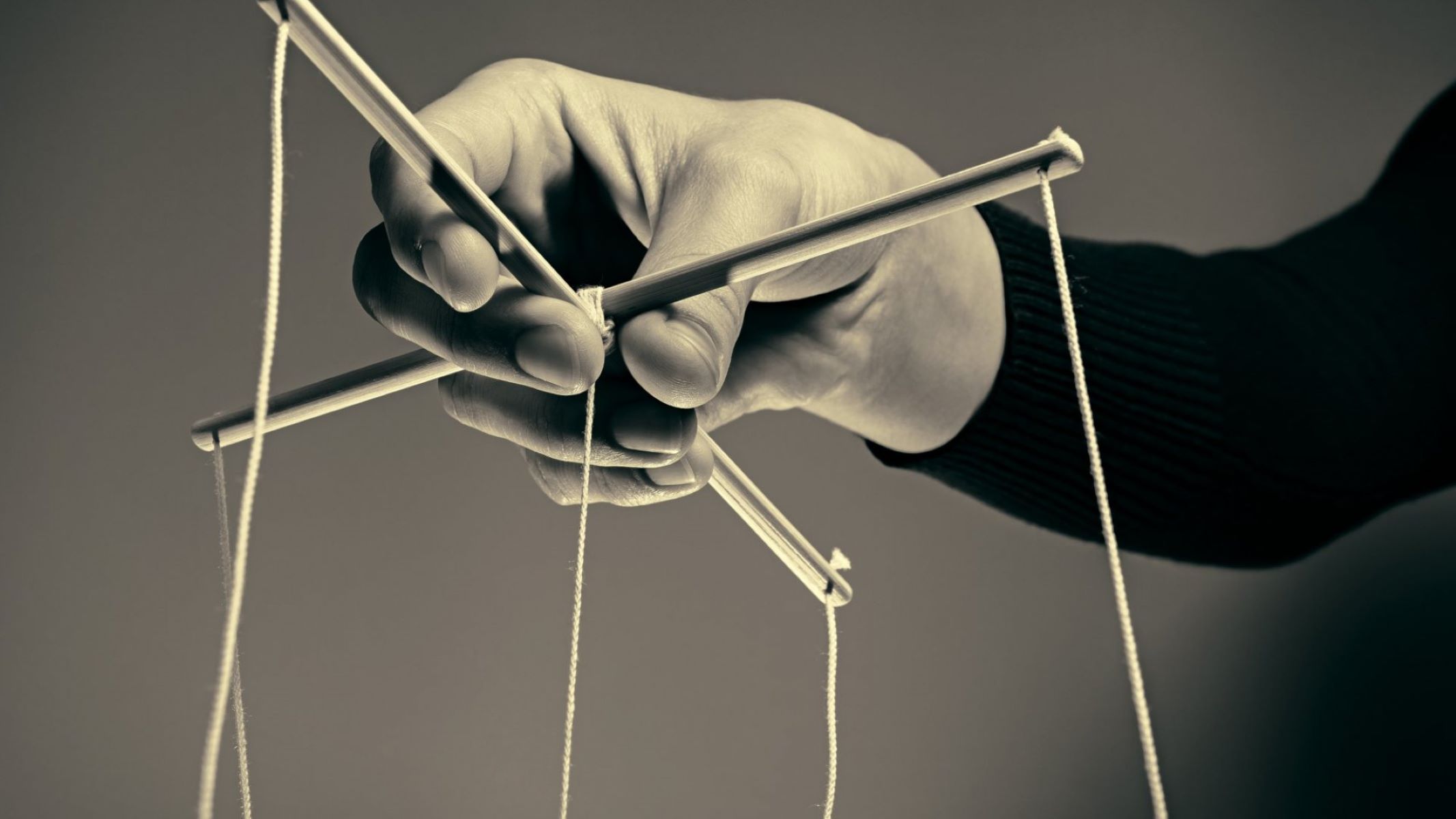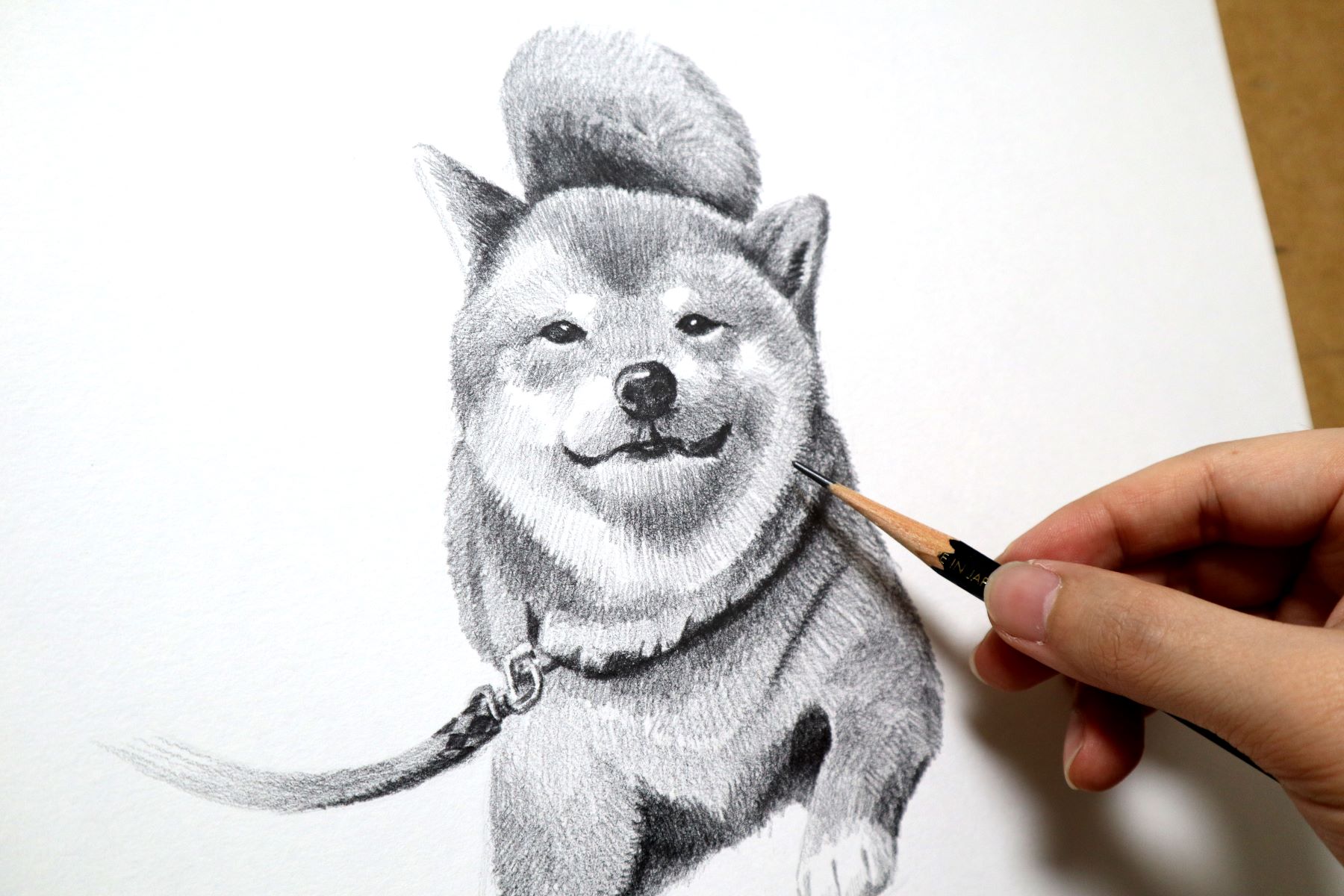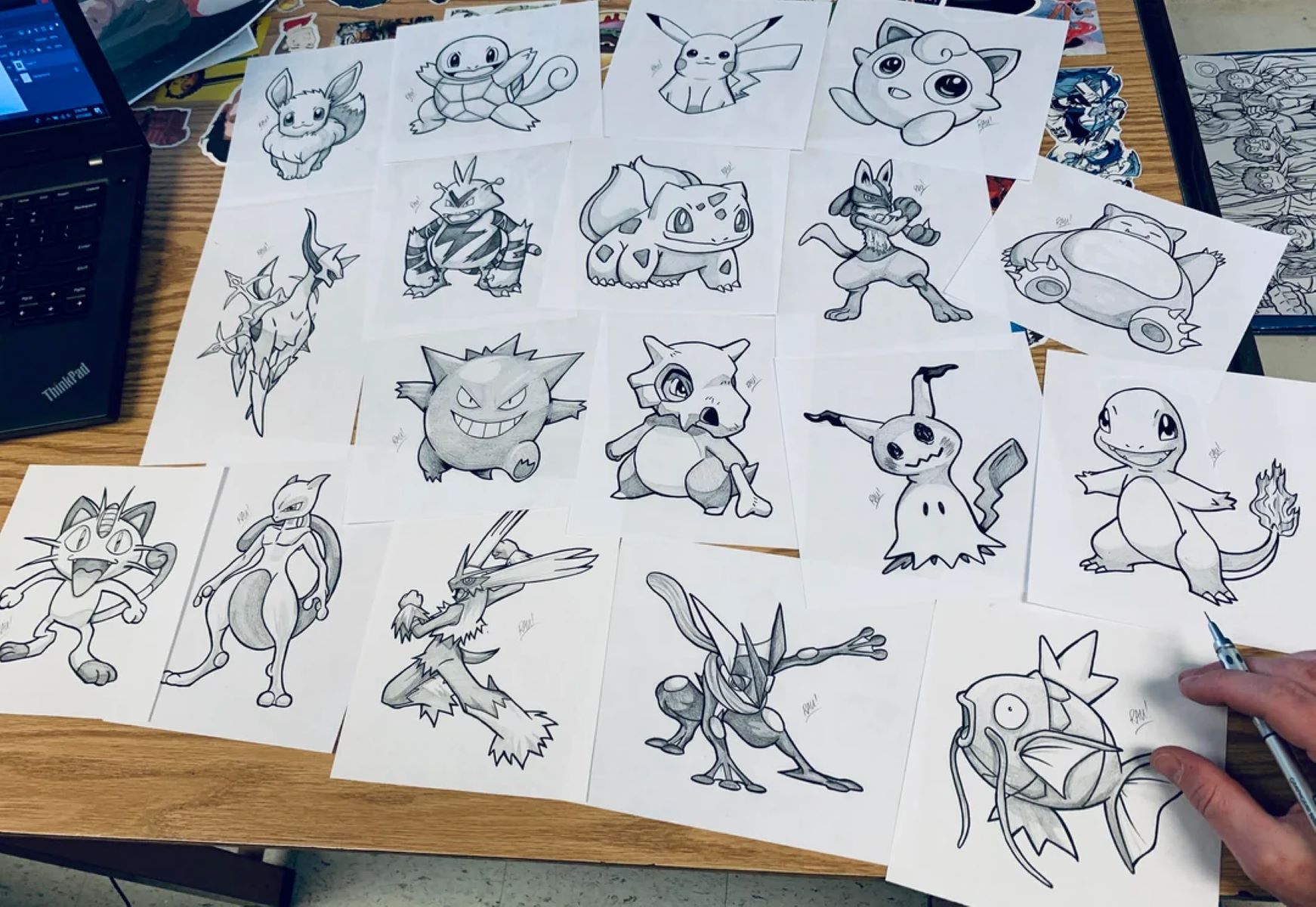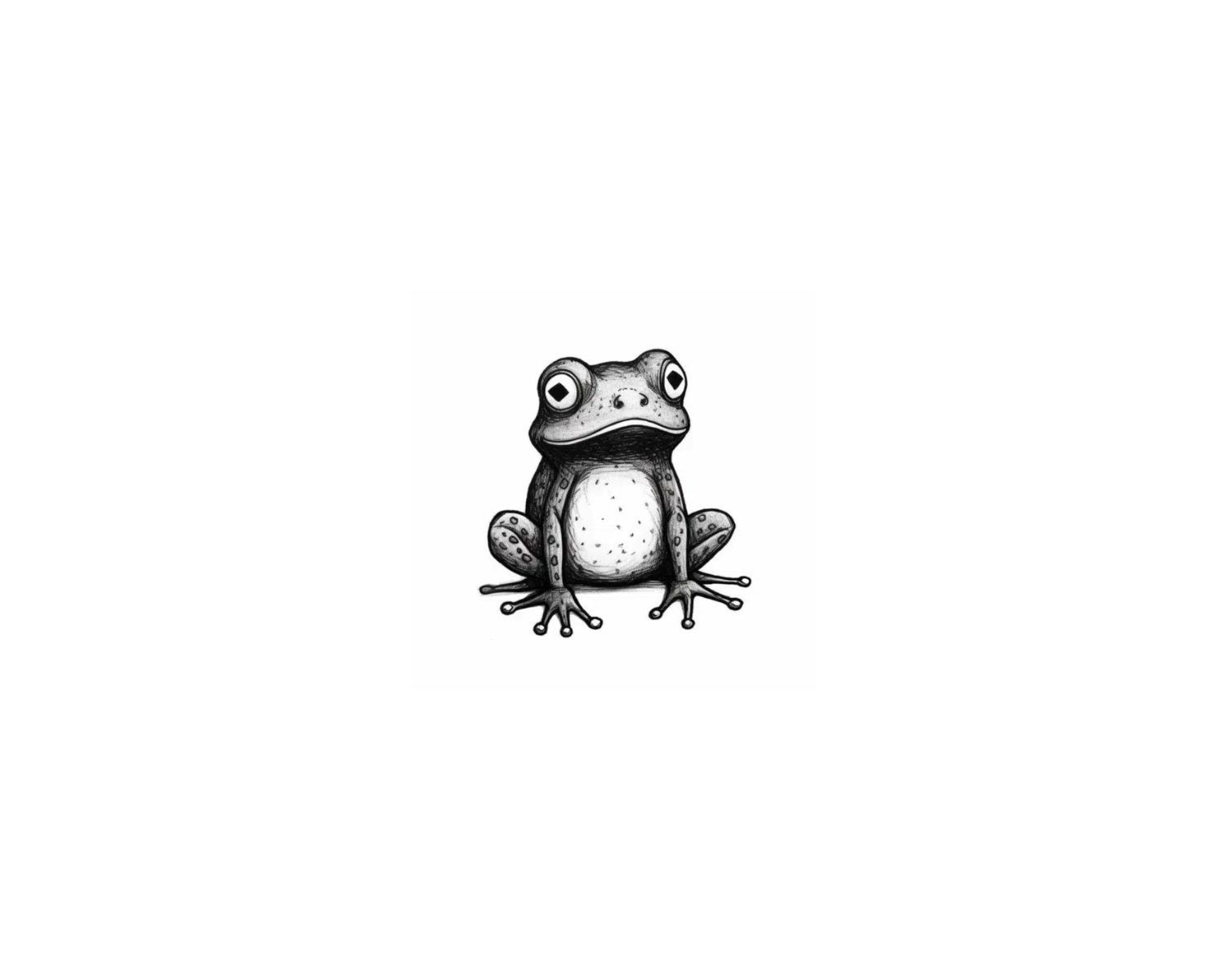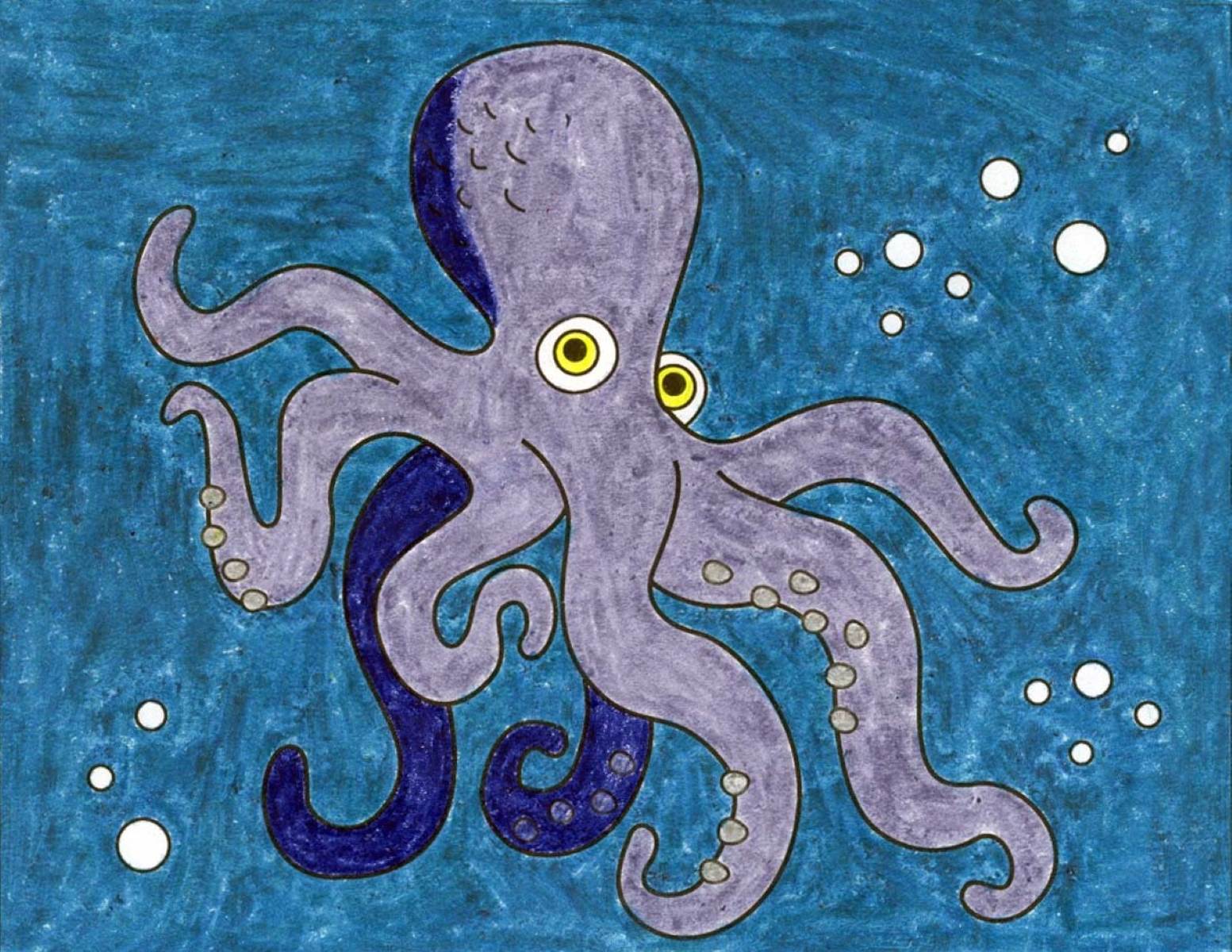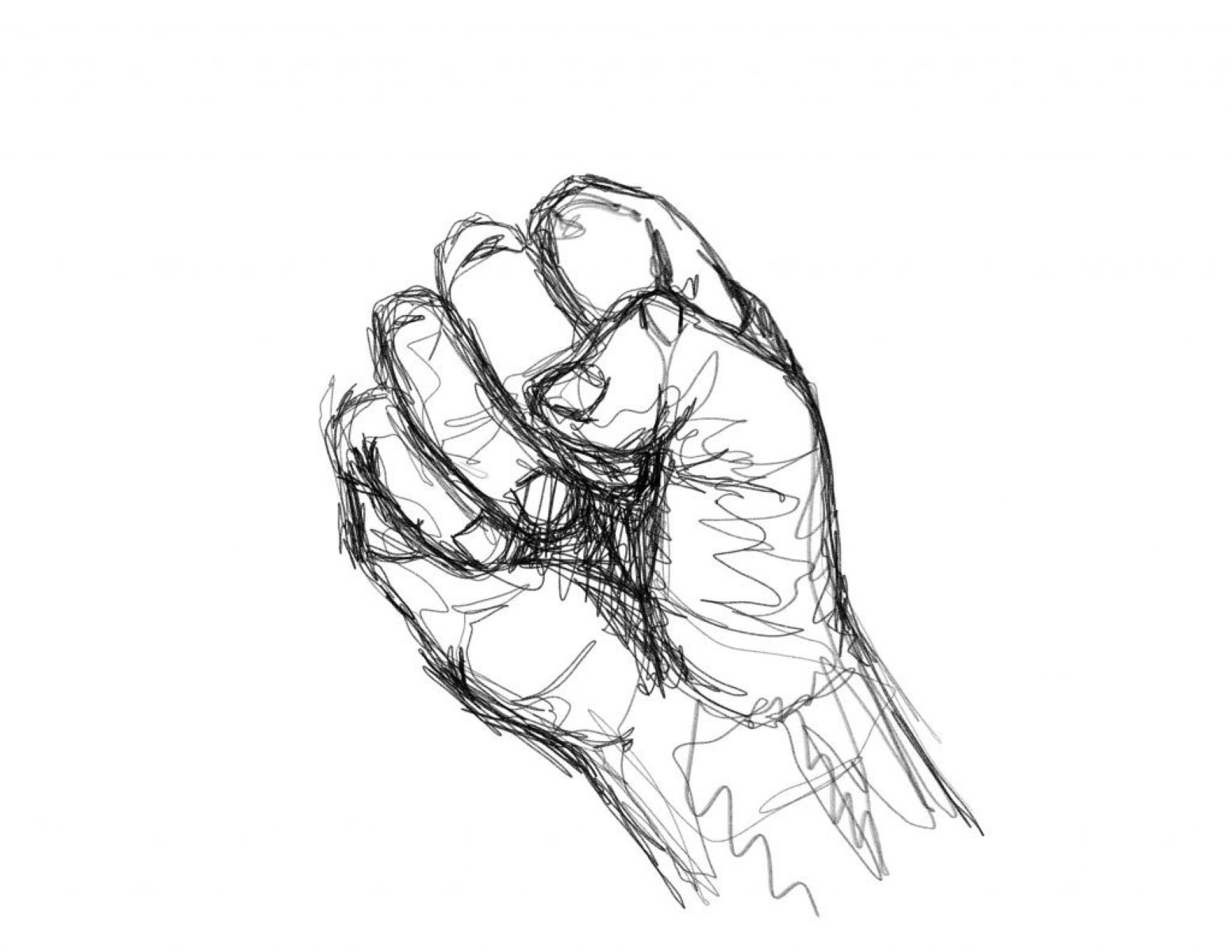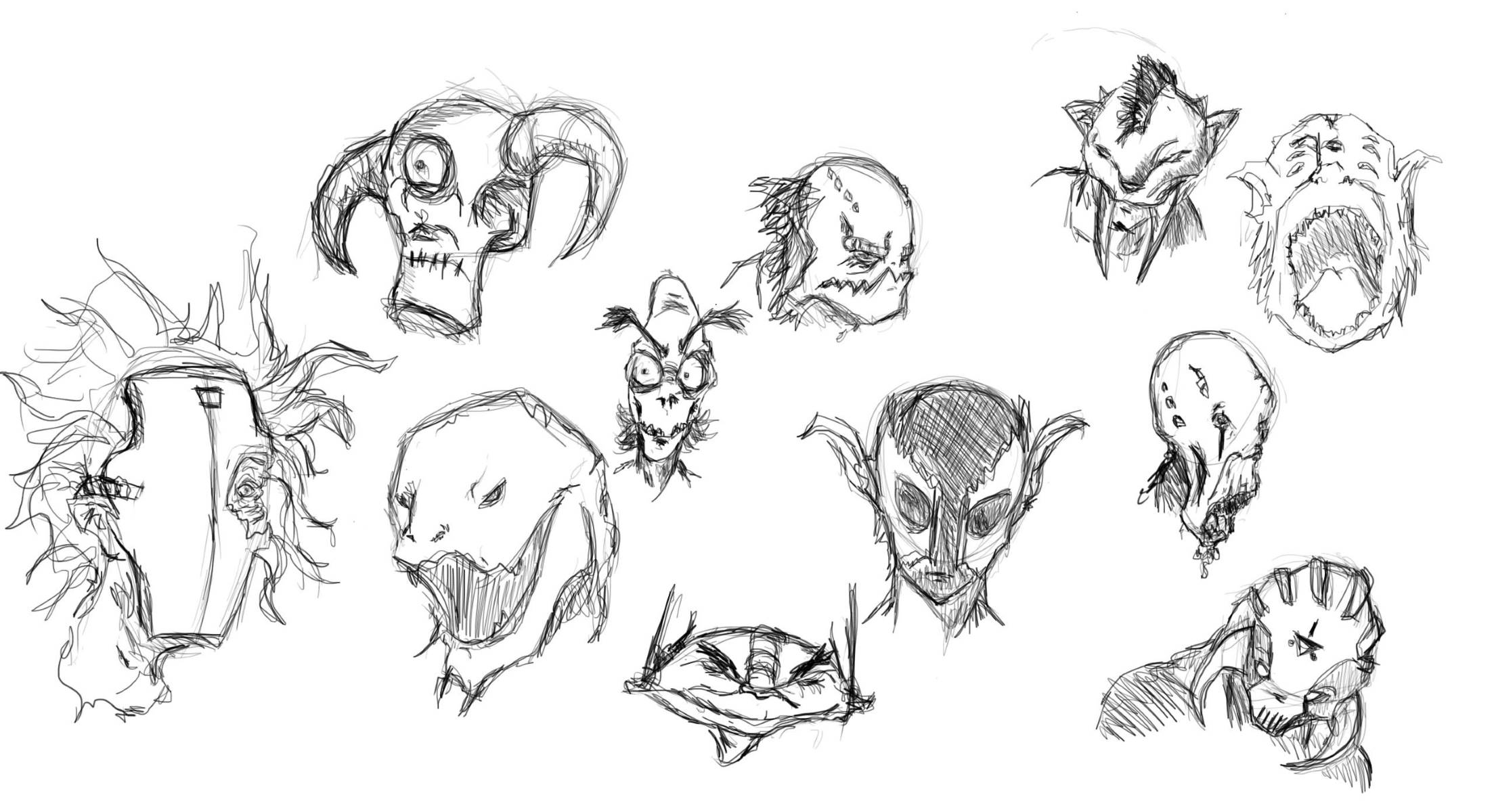Home>Arts and Culture>Master The Art Of Drawing In Anime Style With These Simple Tips!
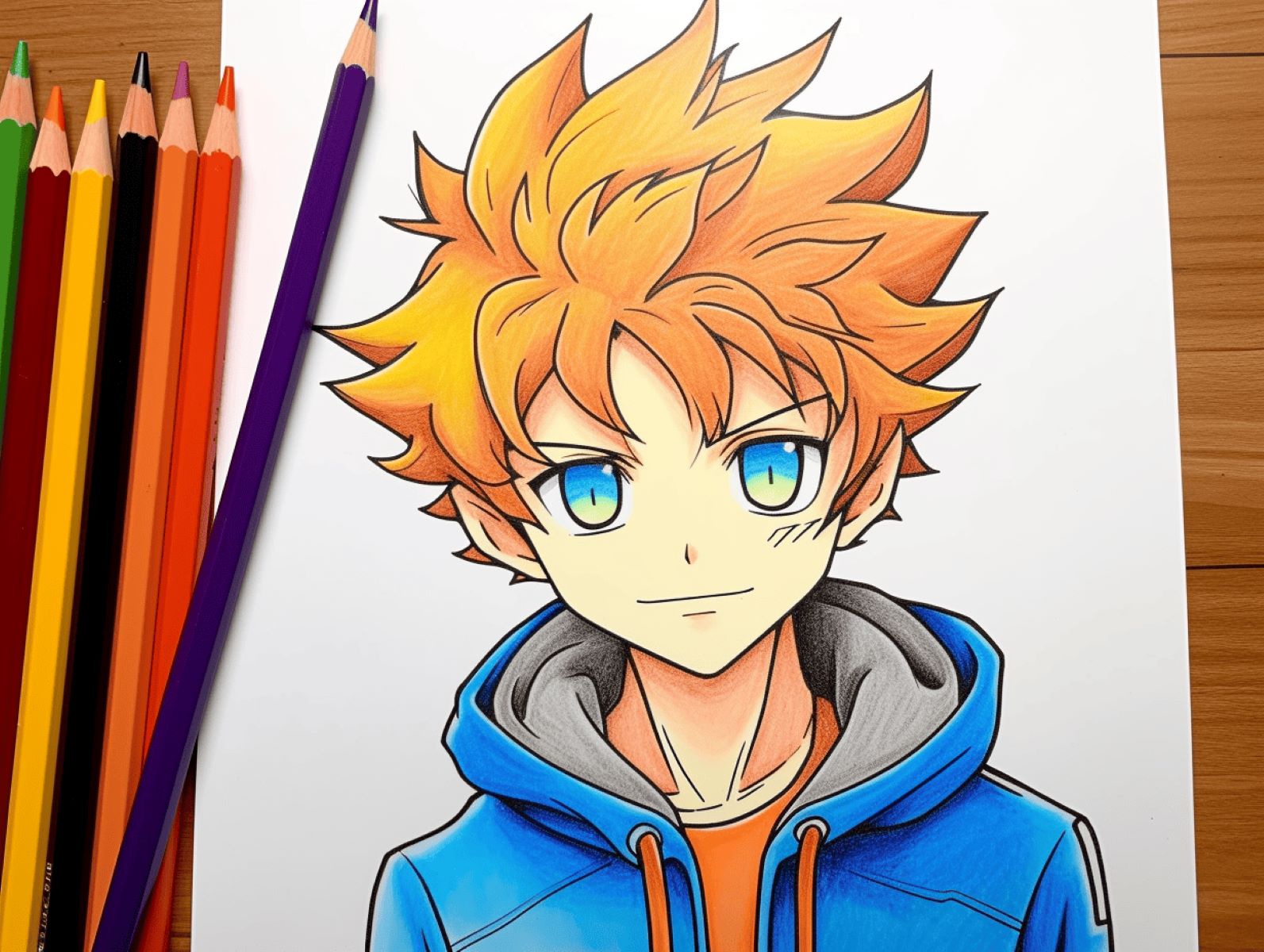

Arts and Culture
Master The Art Of Drawing In Anime Style With These Simple Tips!
Modified: March 13, 2024
Learn the secrets of anime drawing with our expert tips! Elevate your art skills and create stunning anime masterpieces. Perfect for art and culture enthusiasts.
(Many of the links in this article redirect to a specific reviewed product. Your purchase of these products through affiliate links helps to generate commission for Regretless.com, at no extra cost. Learn more)
Table of Contents
Introduction
Anime, a distinctive style of animation that originated in Japan, has captivated audiences worldwide with its unique visual aesthetics and compelling storytelling. The art of drawing in anime style encompasses a wide range of techniques and principles that contribute to its allure. Whether you're an aspiring artist or a seasoned illustrator looking to delve into the world of anime, mastering the fundamentals is essential to creating captivating and expressive artwork.
In this comprehensive guide, we will explore the essential aspects of drawing in anime style, from understanding the basic principles to mastering facial expressions, creating dynamic poses, perfecting color and shading, and adding depth and detail to your artwork. By delving into these key areas, you will gain valuable insights and practical tips that will elevate your anime drawings to new heights of creativity and expression.
So, grab your sketchbook and pencils, and get ready to embark on an exhilarating journey into the captivating world of anime art. Whether you're passionate about creating your own original characters or bringing beloved anime figures to life through your art, this guide will equip you with the knowledge and skills to unleash your creativity and master the art of drawing in anime style. Let's dive into the vibrant and dynamic realm of anime artistry, where imagination knows no bounds and artistic expression knows no limits.
Understanding the basics of anime style
Anime style art is characterized by its distinct features, including large, expressive eyes, slender figures, and vibrant hair colors. Understanding the fundamental elements of anime art is crucial for aspiring artists to grasp the essence of this captivating style. Let's delve into the key aspects that form the foundation of anime artistry:
-
Proportions and Anatomy: One of the defining features of anime characters is their exaggerated and stylized proportions. While the overall body proportions may differ from realistic depictions, it is essential to maintain a sense of balance and harmony in the character's design. The elongation of limbs, particularly in female characters, and the emphasis on facial features contribute to the unique appeal of anime art.
-
Facial Expressions: Anime art places a strong emphasis on conveying emotions through facial expressions. The eyes, in particular, play a pivotal role in expressing a character's feelings. From the iconic "sparkling eyes" denoting excitement to the teardrop-shaped eyes representing sadness, mastering the art of portraying emotions through facial expressions is a cornerstone of anime style.
-
Distinctive Hairstyles and Costumes: Anime characters are often adorned with elaborate hairstyles and eye-catching costumes that reflect their personalities and roles within the storyline. From gravity-defying hairdos to intricately designed outfits, these visual elements contribute to the overall visual appeal of anime art.
-
Symbolism and Visual Storytelling: Anime art often incorporates symbolic elements and visual metaphors to convey deeper meanings and themes. From the use of recurring symbols to the portrayal of supernatural abilities through dynamic visual effects, anime style artistry goes beyond surface aesthetics to communicate profound narratives and concepts.
By grasping these fundamental aspects of anime style, artists can lay a strong foundation for their artistic journey. Whether you are sketching a whimsical character or crafting a compelling narrative through your artwork, understanding the basics of anime style serves as a springboard for unleashing your creative potential and infusing your art with the captivating allure of anime aesthetics.
Mastering facial expressions and emotions
Mastering facial expressions and emotions is a cornerstone of anime artistry, as it plays a pivotal role in bringing characters to life and conveying their innermost feelings. In anime style, the eyes, in particular, serve as powerful conduits for expressing a wide range of emotions, from joy and excitement to melancholy and determination.
Emphasis on Eyes:
The eyes are often the focal point of an anime character's expression. They are exaggerated in size and meticulously detailed to convey a myriad of emotions. From the classic "sparkling eyes" denoting enthusiasm and wonder to the iconic teardrop-shaped eyes representing sadness and vulnerability, each eye shape and sparkle holds profound significance in anime art. Moreover, the positioning and curvature of the eyebrows are skillfully utilized to amplify the emotional resonance of the character's gaze, adding depth and nuance to their expressions.
Nuanced Facial Features:
In addition to the eyes, mastering the subtleties of other facial features is essential for capturing a diverse range of emotions. The positioning of the mouth, the curvature of the eyebrows, and the contouring of the cheeks all contribute to the character's emotional portrayal. Whether it's a mischievous grin, a look of determination, or a subtle blush of embarrassment, each nuanced facial feature serves as a brushstroke in the canvas of emotional expression.
Dynamic Expressions:
Anime artistry thrives on dynamic and expressive facial expressions that resonate with the audience on a visceral level. Artists often experiment with a spectrum of emotions, from the exuberance of a radiant smile to the intensity of a fierce scowl, infusing their characters with a palpable sense of vitality and emotion. The ability to evoke empathy and connection through these dynamic expressions is a hallmark of masterful anime artwork.
Contextual Emotion:
Understanding the context in which a character's emotions unfold is crucial for authentic portrayal. Whether it's the euphoria of achieving a hard-earned victory, the anguish of a heart-wrenching loss, or the quiet introspection of a poignant moment, the art of anime expression thrives on capturing the nuances of human emotion within the context of the character's narrative journey.
Mastering facial expressions and emotions in anime artistry is a multifaceted endeavor that demands keen observation, empathy, and a deep understanding of human emotions. By honing these skills, artists can breathe life into their characters, infusing them with a rich tapestry of feelings that resonate with audiences and transcend cultural boundaries.
Creating dynamic and expressive poses
In the realm of anime artistry, creating dynamic and expressive poses is an art form in itself, elevating characters from static figures to dynamic embodiments of energy and emotion. Whether it's a heroic stance exuding confidence and determination or a graceful gesture brimming with elegance and fluidity, mastering the art of dynamic posing is essential for infusing your artwork with a sense of vitality and narrative depth.
Fluidity and Movement:
Dynamic poses in anime art are characterized by a sense of fluidity and movement, capturing the essence of action and emotion in a single frame. From dynamic action sequences to poignant moments of introspection, the poses convey a palpable sense of momentum and energy. Whether it's a character charging into battle with a resolute gaze and a powerful stance or a contemplative figure captured in a moment of quiet reflection, the fluidity of movement adds a compelling dimension to the storytelling.
Expressive Gestures:
Gestures play a pivotal role in conveying the character's emotions and intentions. Whether it's a defiant gesture of determination, a graceful flourish of the hand, or a subtle posture that hints at vulnerability, each gesture contributes to the character's expressive repertoire. By carefully crafting gestures that resonate with the character's personality and the narrative context, artists can imbue their artwork with a rich tapestry of emotional depth and resonance.
Balance and Composition:
The balance and composition of a dynamic pose are essential for creating visual impact and conveying the character's presence. Whether it's a dynamic action pose with a sense of kinetic energy or a poised stance radiating confidence and grace, the careful arrangement of limbs, posture, and facial expression contributes to the overall visual storytelling. By mastering the interplay of balance and composition, artists can imbue their characters with a sense of presence and charisma that captivates the viewer's imagination.
Narrative Context:
Every dynamic pose in anime art is imbued with narrative context, conveying a specific moment in the character's journey. Whether it's a climactic battle scene, a tender moment of connection, or a triumphant victory, the poses serve as visual snapshots that propel the narrative forward. By infusing each pose with contextual significance and emotional resonance, artists can craft a compelling visual narrative that resonates with the audience on a profound level.
Mastering the art of creating dynamic and expressive poses in anime artistry requires a keen understanding of movement, gesture, balance, and narrative context. By honing these skills, artists can breathe life into their characters, infusing their artwork with a captivating sense of dynamism and emotional depth. With each carefully crafted pose, artists have the opportunity to transport the viewer into the vibrant and evocative world of anime art, where every gesture tells a story and every pose embodies the essence of artistic expression.
Perfecting the use of color and shading
Perfecting the use of color and shading is a pivotal aspect of anime artistry, as it infuses characters and scenes with depth, dimension, and visual richness. From vibrant palettes that evoke a sense of whimsy and vitality to subtle shading techniques that convey mood and atmosphere, the mastery of color and shading elevates anime artwork to new heights of artistic expression.
Vibrant Color Schemes:
Anime art is renowned for its vibrant and diverse color palettes that breathe life into characters and settings. Bold and expressive hues are often employed to convey the character's personality, emotions, and the overall tone of the narrative. Whether it's the vivid hues of a bustling cityscape or the ethereal colors of a fantastical realm, anime artistry embraces a kaleidoscope of vibrant shades that captivate the viewer's imagination and evoke a sense of wonder.
Symbolism and Color Psychology:
Color symbolism and psychology play a significant role in anime art, as colors are used to convey deeper meanings and evoke emotional responses. From the fiery passion of red to the tranquil serenity of blue, each color holds symbolic significance that enriches the visual storytelling. By harnessing the power of color symbolism, artists can imbue their artwork with layers of meaning and subtext, creating a visual tapestry that resonates with the audience on a profound level.
Dynamic Shading Techniques:
Shading in anime art is a dynamic and versatile tool for creating depth, volume, and visual impact. Whether it's the soft, ethereal gradients of a serene sunset or the dramatic contrasts of a high-stakes confrontation, shading techniques add a layer of dimensionality to the artwork. From subtle gradients that convey a sense of softness and delicacy to bold, high-contrast shading that amplifies the intensity of a scene, mastering shading techniques is essential for bringing characters and environments to life.
Atmospheric Lighting:
Lighting plays a crucial role in setting the mood and atmosphere of anime artwork. Whether it's the warm, golden glow of a sunlit meadow or the eerie, shadow-drenched ambiance of a moonlit forest, atmospheric lighting adds a layer of visual drama and narrative resonance. By skillfully manipulating light and shadow, artists can imbue their artwork with a sense of atmosphere, drama, and emotional depth, transporting the viewer into the evocative world of their creation.
Harmonizing Color and Shading:
The harmonious interplay of color and shading is essential for creating a cohesive and visually compelling artwork. By balancing vibrant hues with complementary shading, artists can create a sense of visual harmony that enhances the overall impact of the piece. Whether it's the seamless integration of color and shading to evoke a specific mood or the strategic use of contrast to accentuate focal points, the harmonization of color and shading is a hallmark of masterful anime artistry.
Perfecting the use of color and shading in anime artistry is a nuanced and multifaceted endeavor that demands a keen understanding of color theory, lighting principles, and visual composition. By honing these skills, artists can infuse their artwork with a captivating sense of vibrancy, depth, and emotional resonance, creating a visual tapestry that transcends the boundaries of imagination and captivates the viewer's senses.
Adding depth and detail to your artwork
Adding depth and detail to anime artwork is a transformative process that elevates the visual storytelling and imbues the artwork with a captivating sense of immersion and dynamism. From intricately detailed character designs to richly textured environments, the art of adding depth and detail in anime artistry involves a meticulous attention to visual intricacies and a keen understanding of spatial relationships and perspective.
Intricate Character Design:
In anime artistry, character design serves as a cornerstone of visual storytelling, and the meticulous attention to detail in crafting characters contributes to their depth and resonance. From the intricate patterns adorning their attire to the subtle nuances of their facial features, every element of character design plays a pivotal role in conveying their personality and narrative significance. Whether it's the ornate embellishments of a regal ensemble or the expressive details that convey the character's emotional journey, the art of intricate character design adds layers of visual richness and narrative depth to the artwork.
Textured Environments and Settings:
The environments in anime artwork are not merely backdrops but vibrant and immersive worlds that serve as integral elements of the narrative. Adding depth and detail to these settings involves a careful balance of texture, scale, and atmospheric elements. Whether it's the weathered cobblestones of a bustling city street or the lush foliage of a tranquil forest, the intricacies of textured environments breathe life into the artwork, creating a sense of place and evoking a visceral connection with the viewer.
Read more: Master The Art Of Pronouncing Steak Frites
Atmospheric Perspective and Depth:
Creating a sense of spatial depth and atmospheric perspective is essential for imbuing anime artwork with a three-dimensional quality that draws the viewer into the scene. By skillfully manipulating perspective, scale, and atmospheric effects, artists can create a compelling illusion of depth that enhances the immersive quality of the artwork. Whether it's the receding vistas of a sprawling landscape or the dynamic interplay of foreground and background elements, the art of atmospheric perspective adds a sense of visual grandeur and narrative scope to the artwork.
Dynamic Visual Effects:
In anime artistry, dynamic visual effects are employed to convey a sense of movement, energy, and dramatic impact. Whether it's the crackling energy of supernatural powers or the dynamic motion lines that accentuate action sequences, these visual effects add a layer of dynamism and excitement to the artwork. By mastering the art of dynamic visual effects, artists can infuse their scenes with a palpable sense of energy and visual spectacle, captivating the viewer's imagination and enhancing the overall narrative impact.
Fine Details and Nuanced Expressions:
The devil is in the details, and in anime artistry, the inclusion of fine details and nuanced expressions enriches the visual tapestry, adding layers of subtlety and depth to the artwork. Whether it's the delicate intricacies of a character's accessories or the nuanced expressions that convey a spectrum of emotions, the art of fine details and nuanced expressions elevates the artwork to new heights of visual storytelling. By infusing the artwork with these meticulous details, artists can create a sense of intimacy and authenticity that resonates with the viewer on a profound level.
In essence, adding depth and detail to anime artwork is a multifaceted and transformative process that demands a keen eye for visual intricacies, a deep understanding of narrative resonance, and a passion for immersive storytelling. By honing these skills and infusing their artwork with rich layers of depth and detail, artists can transport the viewer into the vibrant and evocative world of anime art, where every stroke of the brush and every meticulously crafted detail tells a story and kindles the flames of artistic imagination.
Conclusion
In the realm of anime artistry, the journey of mastering the art of drawing in anime style is a vibrant and exhilarating odyssey that unfolds through the interplay of creativity, technique, and storytelling. From understanding the fundamental elements of anime style to mastering facial expressions, creating dynamic poses, perfecting the use of color and shading, and adding depth and detail to artwork, the pursuit of anime artistry is a testament to the boundless potential of artistic expression.
As artists embark on this transformative journey, they delve into a world where imagination knows no bounds and artistic innovation thrives. The mastery of anime artistry transcends mere technique; it is an immersive exploration of human emotions, visual storytelling, and the evocative power of artistic expression. Through the meticulous crafting of characters, environments, and narratives, artists breathe life into their creations, infusing them with a palpable sense of vitality and resonance.
The art of drawing in anime style is a celebration of diversity, creativity, and the universal language of visual expression. It is a testament to the enduring allure of anime artistry, which transcends cultural boundaries and resonates with audiences across the globe. Whether it's the whimsical charm of fantastical worlds, the emotional depth of compelling characters, or the dynamic energy of action-packed sequences, anime artistry captivates the senses and kindles the flames of artistic imagination.
As artists hone their skills and explore the myriad facets of anime artistry, they become storytellers, weaving narratives that resonate with the human experience and ignite the imagination. Every stroke of the brush, every meticulously crafted detail, and every dynamic pose becomes a brushstroke in the canvas of visual storytelling, inviting the viewer on a captivating journey of emotion, adventure, and artistic discovery.
In conclusion, the art of drawing in anime style is a testament to the enduring legacy of anime artistry, a vibrant tapestry of creativity, emotion, and visual spectacle. It is a journey that beckons artists to explore the depths of their imagination, infuse their creations with a sense of vitality and narrative resonance, and ultimately, to unleash the boundless potential of their artistic expression. As the vibrant world of anime artistry continues to inspire and captivate, artists stand poised at the threshold of endless creative possibilities, ready to embark on a journey where every stroke of the brush tells a story, and every artwork becomes a testament to the timeless allure of anime artistry.
